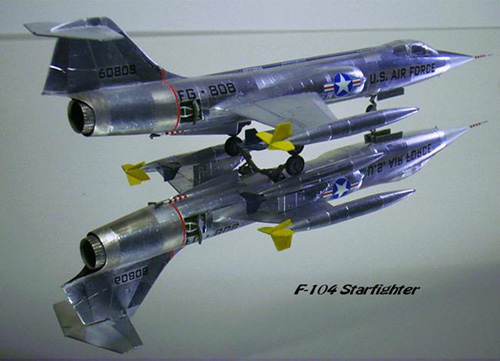Background
There have been several really good modeling articles written about using aluminum foil and hobby foil to generate the natural metal finish (NMF) of unpainted aircraft. The photographs of the finished product(s) show exquisite detail and realism that can’t be matched by any other method. While these articles focus on the technique of applying foil, there are some details I think could be added to create even more realism. This article will focus on “paneling” and effects that can be used prior to applying foil to a model. Most of the topics presented are the result of much trial and error and are conveyed to simply add to the information that others have already provided.
I’ve had many jobs over the years that required working with aluminum castings and aluminum sheet. One of those jobs was as an Aviation Metalsmith in an A-4 squadron in the late ‘60’s and early ‘70’s. As an avid, casual modeler, I have always wanted to recreate some of the unpainted planes of the same era. Until about five years ago I used buffing and non-buffing metalizers with varying degrees of success and satisfaction. One day I opened a Nestlé’s Crunch bar and suddenly realized that I had a better solution right there in my hands. I found some foil glue at Wal-Mart, an Italeri F-104, and some available time. I was very pleased with the outcome and hopelessly hooked….
Continue reading “Foiling Plastic and Resin Model Kits for Realism by Ken Friend”

